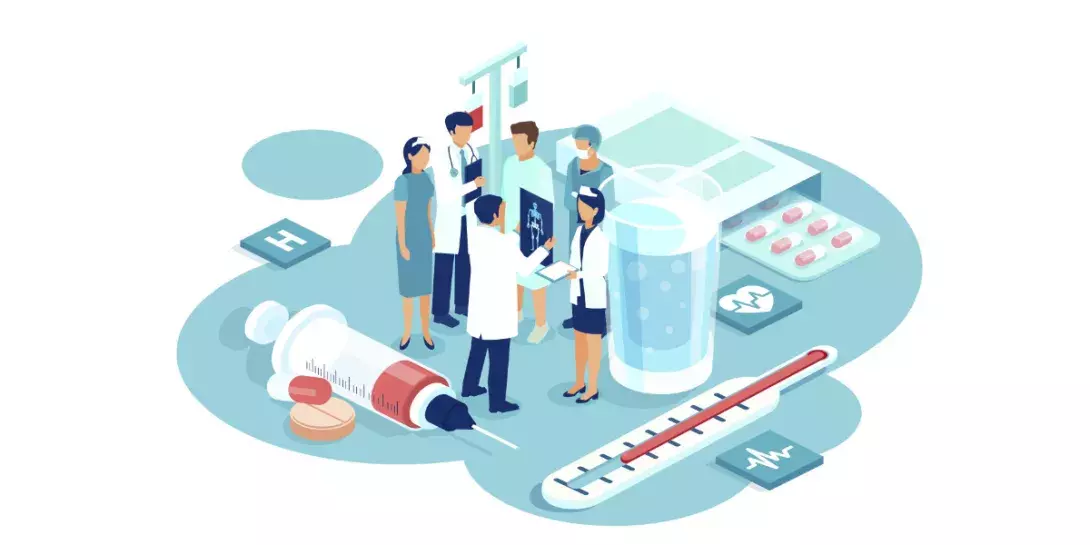Innocence revisited – 27

Professor Sir John Scott shares insights from rare glimpses behind the consultant facade.
Erudition, amazing recall and error-free practice were the hallmarks of the consultant class as they appeared to my generation of graduate students and young doctors. Obviously, these consultants had been young once themselves, but it was a mystery to us how they had acquired these attributes of their lofty and enviable status.
Among our contemporaries it was fairly clear who were likely to be successful. They were the house officers who excelled at lumbar punctures, insertions of intravenous lines and so forth. They stitched and sewed superbly, but where and how would these paragons of technical precocity acquire the seemingly encyclopaedic knowledge that distinguished the consultant class? Many consultants contributed actively to the development and maintenance of these perceptions of glamour.
Eventually, the seniors decayed with dignity, and no retrogressive characteristics were manifest until the very end of their successful and lucrative careers. Occasionally, however, the mask was dislodged, usually by chance, and surprising insight resulted.
Star colleague
I attended one of the older medical schools in the South Pacific and then moved to a larger centre that had no formal medical faculty. The outstanding chest physician of his time worked there, and as juniors we regarded him with awe, as did his peers and seniors. Much of his working time was spent reading chest x-rays, which he interpreted together with the scant and often misleading notes on the x-ray and reference forms. Occasionally he would march to a ward to take his own history and examine a patient. On these occasions word spread rapidly among all levels of medical staff, who would make every endeavour to witness first hand the exhibition of a superb set of skills.
It was during one such demonstration that I first learned the value of checking for intercostal nodes. A case that had defied a series of consultants and batteries of tests was pronounced by him to be what it later proved to be – a bizarre lymphoma. Ever since, I have included examination for intercostal nodes in my extended base physical examination – a practice that might be frowned on today in relation to female patients for medicolegal reasons.
The full impact of this man’s clinical genius was manifest only to the small handful of us who worked directly with him as house staff, registrars or junior consultants. On the rare occasion that he studied an x-ray or visited a ward and reached no conclusion, he would return to his office and command his house physician to ‘open the bottom drawer’. It was labelled ‘Bricks we have dropped’.
His status was not shattered by the admission of fallibility. Rather, those of us who witnessed this no longer merely marvelled at all that one human head contained: we had experienced a moment of insight into what made a truly good physician great.
A brilliant diagnosis
The dislodging of the establishment consultant mask was not always ennobling.
Dr Z was a physician of distinction. He was tall, dignified to excess and seemingly encyclopaedic to Oslerian dimensions. As a junior house physician I admitted a patient to his ward. I read the referral note from a highly respected, thoughtful GP, which said: ‘My patient has a slate grey complexion but is not cyanosed and certainly not breathless. I have just discovered that our local chemist has been meticulously filling repeats on a script by Mr X (a long retired ENT surgeon) for nasal drops containing silver chloride. Could this be a case of argyria?’
A day or two later word spread around the hospital that Dr Z had made yet another brilliant diagnosis…of argyria. I was in the ward one evening when Dr Z’s house physician was off duty, and on an impulse I picked up the patient’s chart. The general practitioner’s admitting note had disappeared…I was bemused, but said nothing; after all, sometimes items did go missing from charts.
Dr Z did not get off so lightly a month or two later. His very bright registrar worked heroically, combing the literature to try to diagnose a truly puzzling case. Finally the registrar came up with an unbelievably rare but correct diagnosis. Let us call it GW syndrome. The evening before the next ward round the registrar happened to come back to the ward and, to his surprise, saw Dr Z at the notes trolley, reading the patient-in-question’s notes. The registrar crept away unseen.
The next day the consultant, in his customary militaristic style, marched up to the patient’s bed and surveyed the victim studiously, erudition oozing from his countenance. He turned to the house physician and asked for the case notes, but before opening them he said, ‘Ah, my first case of GW syndrome’.
The registrar was peeved and gained much satisfaction from telling the tale to junior colleagues in the staff residence. Whether the consultant was ever aware of this ‘exposure’ I know not. His behaviour overall showed no change.
Thus is the path of the innocent paved with the good and the bad, the humble and the pompous, the honest clinicians and the lesser mortals. MT
